Occasionally, dogs may vomit because they eat something that is not compatible with them or because they have delicate stomachs. But if your pet is vomiting a lot and only bile is coming in, take them to the vet right away.
While vomiting may simply be caused by overeating or eating spoiled food, it could also be a symptom of something worse. The vast range of reasons can make diagnosing the exact cause overwhelming.
Symptoms to Be Careful About
- Continuous vomiting
- The signs of suffering and distress
- Weakness
- Bright red blood in vomit or stool (hematemesis)
- Dark, tarry-colored blood in vomit or stool (melena)

Possible Etiologies
- Dietary indiscretion: Eating something inappropriate.
- Changes in diet: Food changes done in a hurry.
- Eating too fast: Eating very fast can make the dog regurgitate food.
- Food intolerance: human foods can produce adverse reactions in pets.
- Food allergies: These are allergic reactions to some ingredients in people’s food.
- Obstructions: Ingestion of materials that block the digestive system.
- Gastroenteritis: Acute inflammation of the stomach.
- Parasites: Worms and other parasites can lead to those gastrointestinal issues.
- Stomach dislocation: Especially in deep chested dogs.
- Tumors: Growths found in the stomach or intestine.
- Metabolic disorders: Diseases like kidney disease.
- liver disease: affects liver functions.
- Heat stroke: Vomiting due to overheating.
- Adrenal gland disease: Diseases that impair the function of the adrenal gland.
The Diagnosis of the Cause
Bringing along a sample of your pet’s vomit is helpful when you visit the vet. Different characteristics of the vomit can give a hint to several underlying issues:
- Mucus: Could be a sign of irritated intest.
- Undigested food: This is caused by factors like food poisoning, stress, and even overeating.
- Bile: Indicative of inflammatory bowel disease or pancreatitis.
- Bright red blood: Possible stomach ulceration.
- Brown, coffee-ground-like blood: Possibly, there be presence of intestinal bleeding.
- Foul digestive odors: This is most commonly due to lower intestinal obstructions.
The veterinarian will also examine the oral cavity of the pet for foreign bodies, look for enlarged tonsils, take the temperature of the pet, and palpate his abdomen. If no alarming pathologic findings are noted, they can recommend giving a clear fluid diet and monitoring the stool passage of the pet.
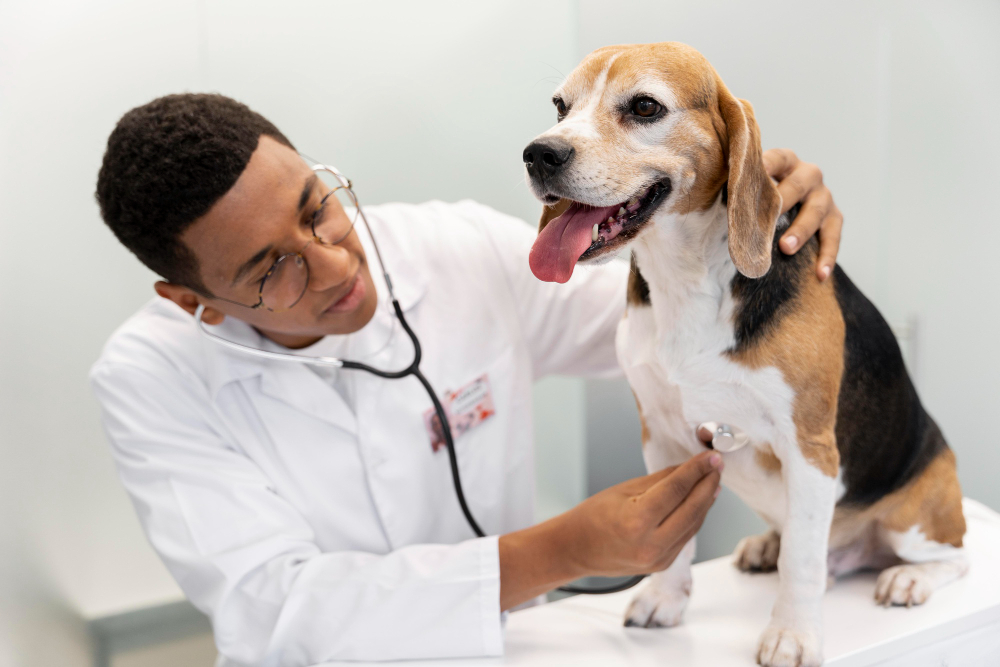
Treatment Options
Treatment depends on the diagnosed cause of the vomiting and might include:
- Dietary modifications: Changing food into a more palatable alternative.
- Medications: Anti-vomiting medications such.
- Antibiotics: For treating bacterial infections or ulcers.
– Corticosteroids: Inflammatory bowel.
Surgery: When it comes to tumors. - Special medications: These are used to treat vomiting resulting from chemotherapy.
Taking care of your pet’s health
Follow your veterinarian’s treatment plan closely. Avoid the temptation of trying new medications or foods without professional advice. Keep an eye on how your pet is doing and return to the vet if there is no improvement or the symptoms worsen.
Frequently Asked Questions
Q: Do pets vomit occasionally
A: Yes, Some dogs vomit occasionally, and it is not of any concern.
Q: When must I worry if my pet is vomiting?
A: If your dog is vomiting continuously or there is a pattern in vomiting. Also, if your dog is lethargic and you see blood in vomiting. Vomiting with abdominal pain should not be ignored as it indicates pancreatitis.
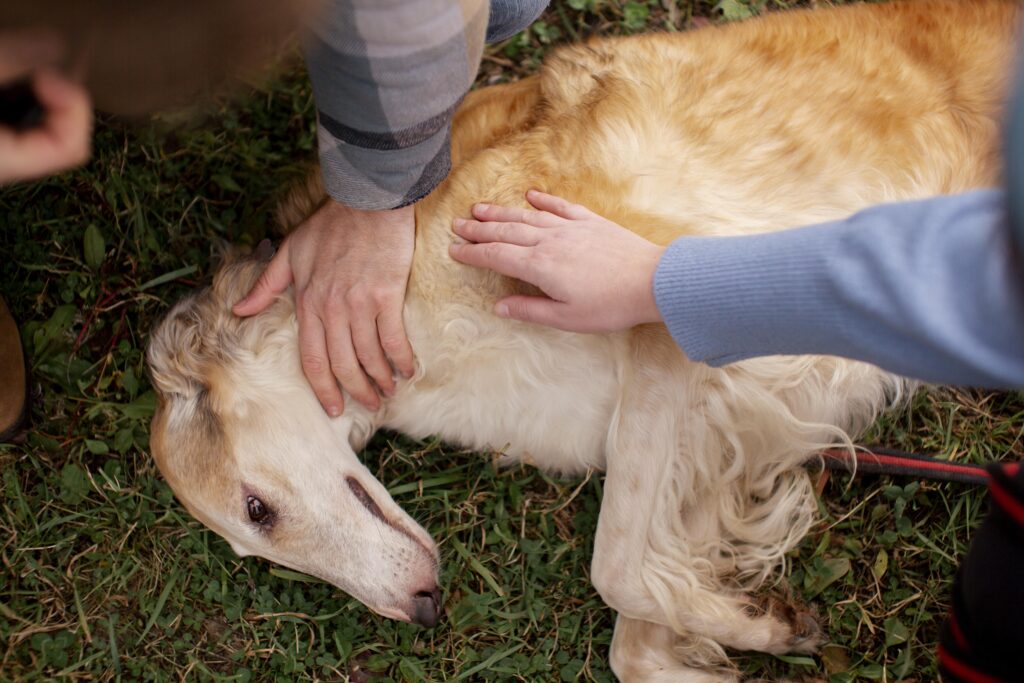
Q: Can I treat my pet’s vomiting at home?
A: It would be ideal to consult a veterinarian before any intervention. Some causes are very severe and require professional medical attention.
Q: If my dog is vomiting, what should I take to the vet?
A: If possible, bring a sample of the vomit. The appearance, along with other signs, may be indicative of the diagnosis.
Q: How can I prevent my pet from vomiting? A: Preventive steps are related to feeding a consistent diet, human food prohibition, avoiding eating too fast, and keeping unsafe objects out of reach.
Taking action immediately by persistently vomiting in the pet can make a difference in its health and quick recovery. Always discuss this with your veterinarian for the best care and treatment options.
References
Simpson, K. W. (2005). Acute and chronic vomiting. In BSAVA Manual of Canine and Feline Gastroenterology (pp. 73-77). BSAVA Library.
Twedt, David C. “Managing the vomiting dog.” (2008): 555-558.
Elwood, C. (2003). Investigation and differential diagnosis of vomiting in the dog. In practice, 25(7), 374-386.

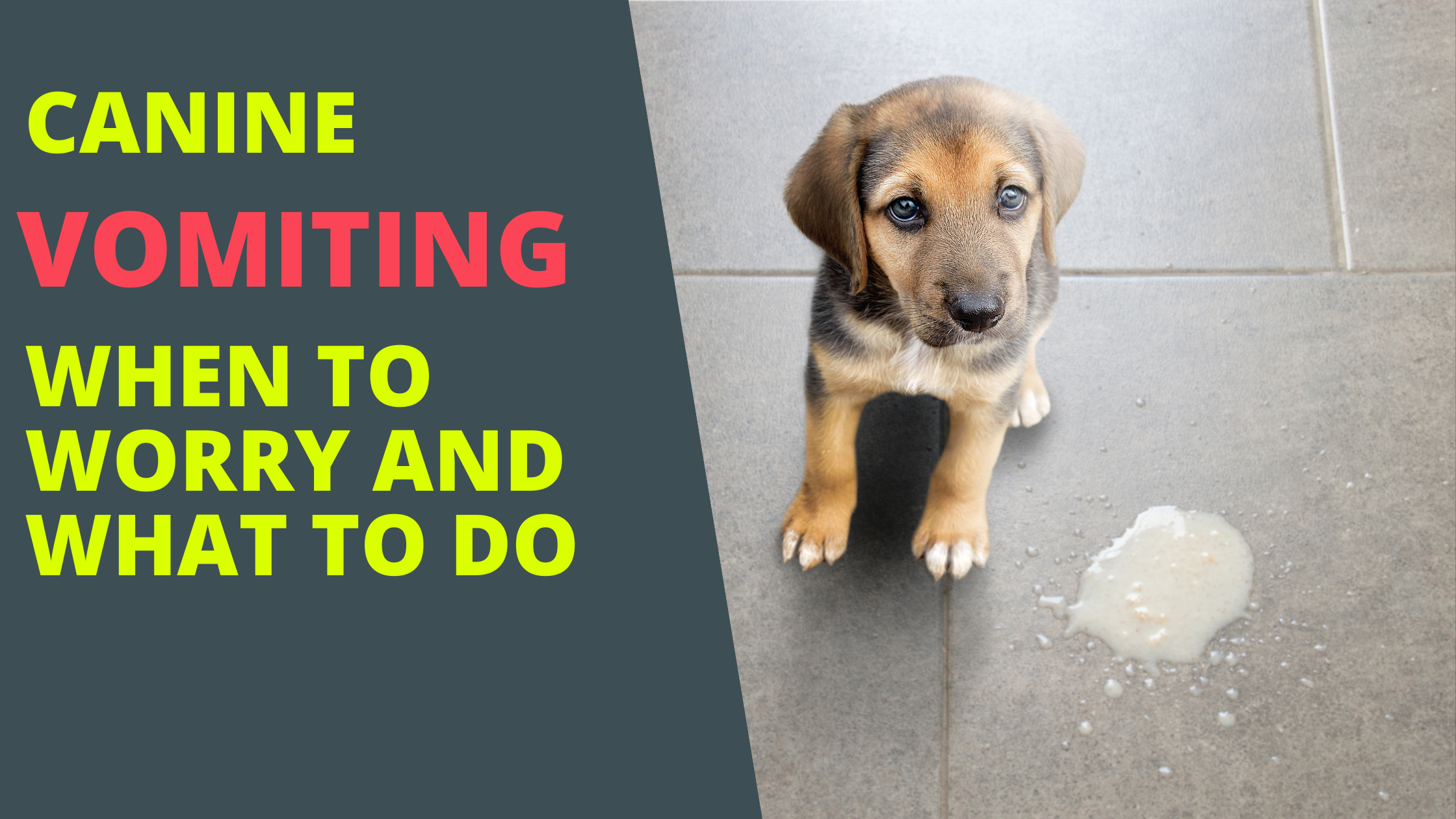
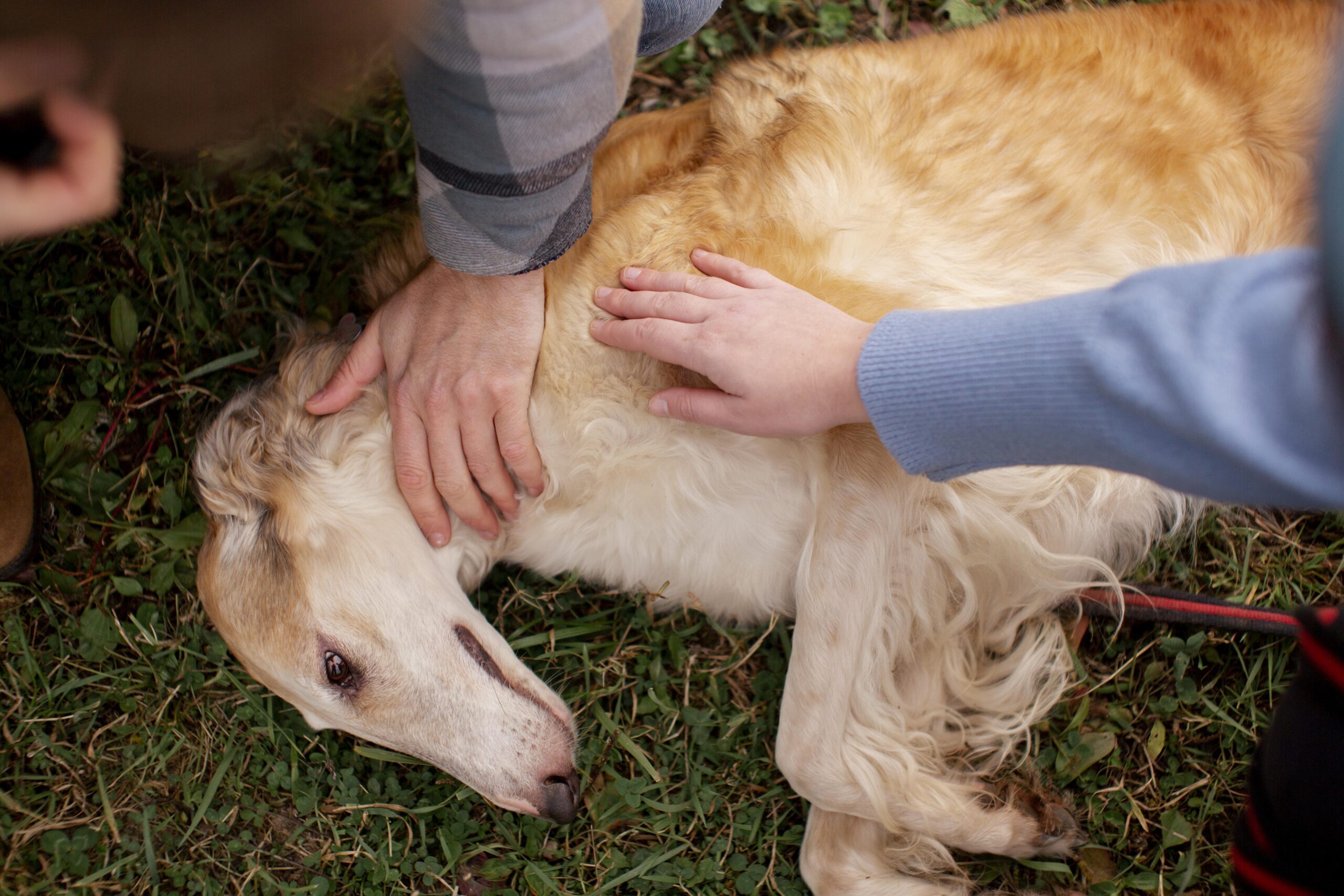
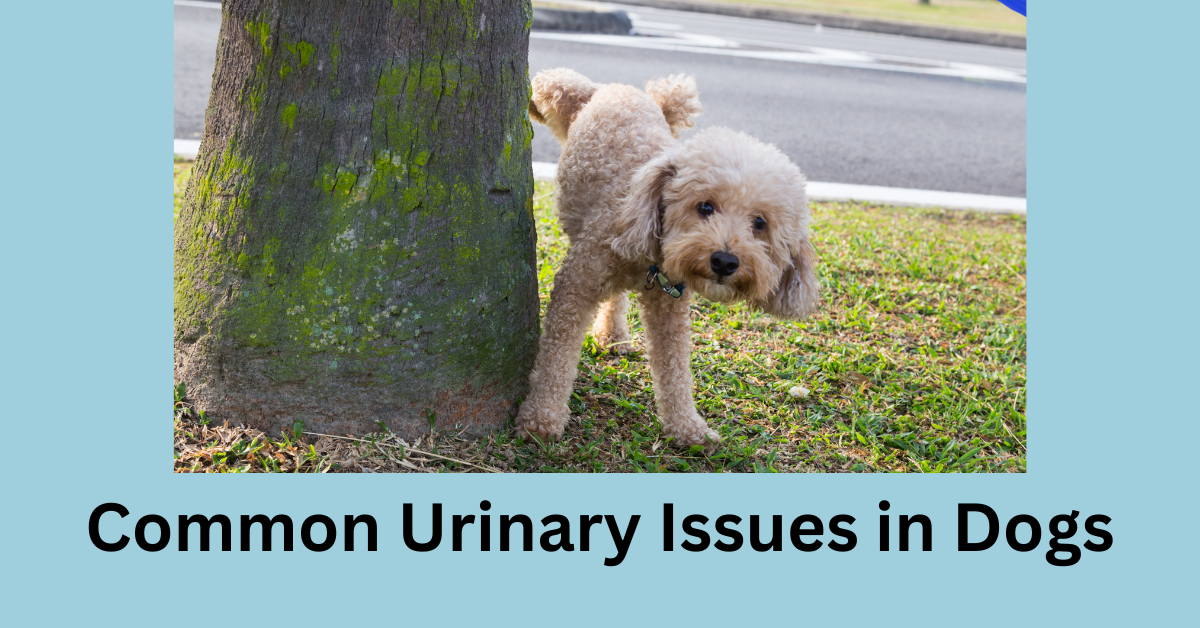


3 thoughts on “Canine Vomiting 101: When to Worry and What to Do”
Comments are closed.